Hilary Cottam on redesigning the welfare state
Design Emergency began as an Instagram Live series during the Covid-19 pandemic and is now becoming a wake-up call to the world, and compelling evidence of the power of design to effect radical and far-reaching change. Co-founders Paola Antonelli and Alice Rawsthorn took over the October 2020 issue of Wallpaper* – available to download free here – to present stories of design’s new purpose and promise. Here, Alice Rawsthorn talks to social designer Hilary Cottam

Brigitte Lacombe - Photography
The pioneering social designer Hilary Cottam started out as a social scientist and worked for the World Bank before conducting more than 20 years of practical experiments in applying design to address some of the most complex social and political problems of our time, from long-term unemployment to provision of care for the elderly. Having written about those experiments in her book, Radical Help, Cottam has embarked on an ambitious new project to redesign the welfare state. Her aim, as she explained to Alice Rawsthorn, is to make it fit for purpose in the 21st century, in what she calls the ‘fifth social revolution’.
Alice Rawsthorn: How did you discover design and identify it as a useful tool in your work?
Hilary Cottam: Over 20 years ago, I was working in Africa and Latin America. I became obsessed with the failure of social programmes and with the way that well-meaning people and well-meaning organisations (often trying to solve social problems) always failed. Or a project might work, and then after a while it would stop working. In Radical Help, I give an example of when I worked in the Dominican Republic, and I was asked by its ministry of education to look at why primary school attendance was so low. We were told that the challenge was that people were hungry and couldn’t afford the mandatory school uniforms. So, we ran focus groups and we heard that yes, of course, uniforms are too expensive, and we haven’t got school meals. And duly, new policies were designed. Much later, I went to live in a barrio in the Dominican Republic, where there was a brilliant school on the edge, but none of the people who lived in the barrio went there. I asked why and they said that they didn’t have any identity cards. It’s very complex, why they wouldn’t have had identity cards. But the point is, I needed to find ways that could connect real lives as they are lived to structures of power, to get out new information and to tell different stories, and that’s what first led me into design.
AR: How did you integrate design into the practical experiments you conducted at the social enterprise Participle, which you ran for a decade as a prototyping lab?
HC: As the Black feminist Audre Lorde said: ‘The master’s tools will never dismantle the master’s house.’ We needed a different way to work, and design brought three things. Firstly, if we think about the complexity of the social challenges we face today, we need interdisciplinary teams to work together and that, in and of itself, is a challenge. We need policymakers to work with practitioners, we need economists, we need social scientists, and so on. But we also need to find a way to have lived experience as part of those conversations, and not to flatten out other voices, or to allow certain power to dominate. Design provided the vehicle, the Esperanto within which everyone could come together, and we could design something new. So that was one thing.
The second thing is that I’m dedicated to visual methods of working. I think that if we use visual tools and techniques, whether it’s simple drawings or video, we can talk about things that are otherwise difficult to talk about. And most issues to do with welfare and needing help are at some level shameful or difficult. So, we can merge different stories, which can lead to different solutions.
The third thing is that, of course, design is very closely aligned to technology. And everything I do is possible because of technology, really. At Participle, we used really simple technology – cheap mobile phones and platforms – to upend business models. One of the tenets of Participle was, let’s design things that become stronger, the more people who use them, rather than things that exclude them. Technology made that possible.
AR: Tell us about your new project, about the fifth social revolution.
HC: It’s a manifesto for social change, and a call to think about connections between our social troubles, our economic and political systems and the climate emergency. It’s a way to think about those three things together, and how they’re linked.
I started work on it before the pandemic but, obviously, it has become even more critical now, when we can see very clear structural inequalities, that the spread of Covid-19 is linked to the climate emergency and that some political systems can react well to support their populations in a crisis like this, and others can’t.
AR: What will the methodology of this project be? It’s incredibly ambitious, though that hasn’t frightened you before.
HC: There are two main parts, which are interconnected. One is the thinking part, so I’ve been thinking and collaborating with lots of people. The most important thing is that it’s called the fifth social revolution, because it’s tied to the idea that we’re in a fifth technology revolution. I draw very strongly on the work of the brilliant economist, Carlota Perez, who’s been studying technology revolutions, and the way they manifest themselves, politically and economically. Drawing on her framing, we’re in the fifth technology revolution, and I think about what would be a sibling social system. Then there’s a practical piece, which is that it is really important to redesign certain areas: work, care and learning are critical. My first project is about reimagining the future of work. I’ve been exploring these ideas with communities of people from different backgrounds: carers, grave diggers, nuclear weapon makers, digital entrepreneurs.
AR: Having done so much research, do you now have a clear vision of the future direction? Or will you continue the research while formulating it?
HC: I’m always learning and it’s always iterative. So, definitely, there’s a set of ideas which have gone into the practice and will come out differently. But in the paper on the fifth social revolution, which was recently published by the Institute for Innovation and Public Purpose at University College London, I’ve got an idea of a social code. It’s a design pattern, if you like: what are the five principles that could be taken, used and reimagined everywhere to underpin this revolution? It can’t be a blueprint as the last one was, when mass industrial welfare systems were introduced in the mid-20th century and passed down to us.

Extinction Rebellion in London’s Trafalgar Square, October 2019.
AR: How will the role of technology in this project be different from your Participle experiments, which tended to be community-based?
HC: Radical Help and the experiments at Participle were very UK-focused. I was looking very much at the British welfare state. I’m still very embedded in communities here in Britain, but one of the things I realised through the reactions to Radical Help was how certain mindsets dominate across Western democracies. I mean, also, of course, that through colonial patterns, we’ve exported them to the Global South. How can we rethink that?
What’s important about technology is that it changes everything. It changes what we see as common sense, the patterns of how we live, how we parent, how we sleep, how we work. There’s really nothing that isn’t in that transformation process. One of the things that has been very clear in this pandemic is that people have seen the need to rethink capitalism. We’ve seen very strong calls to rethink capitalism, but much less attention on the need to rethink a social settlement. Part of the idea behind the social revolution is to tie them back together, but also to think about what technology makes possible in terms of new ways of working, and new systems.
I’m not thinking about how we might have a good app for healthcare, for example, I’m thinking about how health is created in the 21st century, and how we support that. When you think like that, you realise that putting more money into a 1950s mass industrial health system is not the way to go.
AR: A parallel phenomenon that I know you care about passionately is the climate emergency. How will it interact with this project?
HC: The climate emergency is a very good example of the different sorts of problems we face that can’t be changed by mass industrial social systems. Solving or addressing the climate emergency definitely means macro policy and very different participation of citizens in different ways of living, so it’s not something that can be commanded from on high. It’s very much about our relationships with each other, to nature, and to the economy. That’s why we have to change not only what’s on offer, but the way that we create it. For me, this pandemic, as difficult and tragic as it has been, is just a warm-up for what’s coming down the tracks in ten years or less. Unless we reintegrate and rethink how we address that in terms of social policy, we’ll be stuck. This means thinking about how we transition out of dirty work into good green employment and thinking about health systems. I think the National Health Service is second only to the aviation industry in terms of its carbon footprint. It’s thinking about how all those things are connected and also, of course, harnessing the energy in something like Extinction Rebellion, or Black Lives Matter, the kind of movements that are really absolutely critical to thinking about how we can have what I think of as a soft and peaceful revolution.
AR: Combating inequality and injustice has always been absolutely fundamental to your work, and this is a time when George Floyd’s tragic murder has ignited such powerful responses all over the world. What will be the role of the fifth social revolution in combating inequality in general, and systemic racism in particular?
Receive our daily digest of inspiration, escapism and design stories from around the world direct to your inbox.
HC: That’s such an important question. One thing is that our current systems can’t see some of those structural inequalities. In this pandemic, the extent of structural inequality has been made very evident: who can work at home; who can’t; who are dying more than others, and so on. I think that’s really brought home to many of us who couldn’t see it before that not everyone is taken care of, and that we need to think, again, because a lot of those inequalities weren’t addressed in the kind of post-war welfare systems we’ve got in western Europe. One of the things about those systems is that they’re very proud of treating everybody equally or of aspiring to. I think we understand now that treating everybody equally is entrenching inequality because we’re not all equal, and that it’s very complex, the way that ethnicity, gender, poverty, all these issues are interconnected. If we don’t understand that, we can’t see that ‘one size fits all’ is not going to address those problems. That’s very important.
The other thing we have to address is that, as Carlota Perez shows very clearly, when you have a technology revolution, a certain class always gains: first of all, agrarian workers, then so-called blue-collar workers. Previously many of those gains have been made by passing problems elsewhere and exploiting other bodies we can’t see. For instance, British welfare systems have always imported a workforce: well-trained nurses from Zambia, Jamaica and so on. We haven’t asked ever, or rarely, what we were doing by importing people trained elsewhere, very highly skilled people from countries that need them. In this revolution, we have to think about how we are all connected, and about raising everybody’s potential to flourish, rather than doing good things in one space by exporting the problem somewhere else.
AR: For all the anguish, challenges and contradictions of lockdown, this has been a time for reflection for many people. How optimistic are you that those reflections will lead to a positive outcome, by catalysing change on the massive scale you’re advocating?
HC: We’re still in the pandemic, so we don’t know what is going to happen. One thing I think that’s been really, really important is that we’ve had a sort of explosion of new relationships. We have really come together to help one another, whether that’s by making masks or leaning over the fence to have a chat. This has happened in small, local ways, which work much better. We got to know one another again and forge new relationships. We’re not going to forget our experience of participation or that we have got to know our neighbours. It’s not that I expect all the small mutual aid groups that have flourished in Britain and other places to last, but I think the experience will last just as it did in the case of the Second World War. It was fundamental to the experience of war, whether on the front or at home, for people from different classes to get together. Upper middle class people, in particular, had to realise that poverty wasn’t due to laziness, but because structurally it was impossible to get on. That led to a deep rethinking about our society, and what was needed. We’ve had that experience now.
RELATED STORY
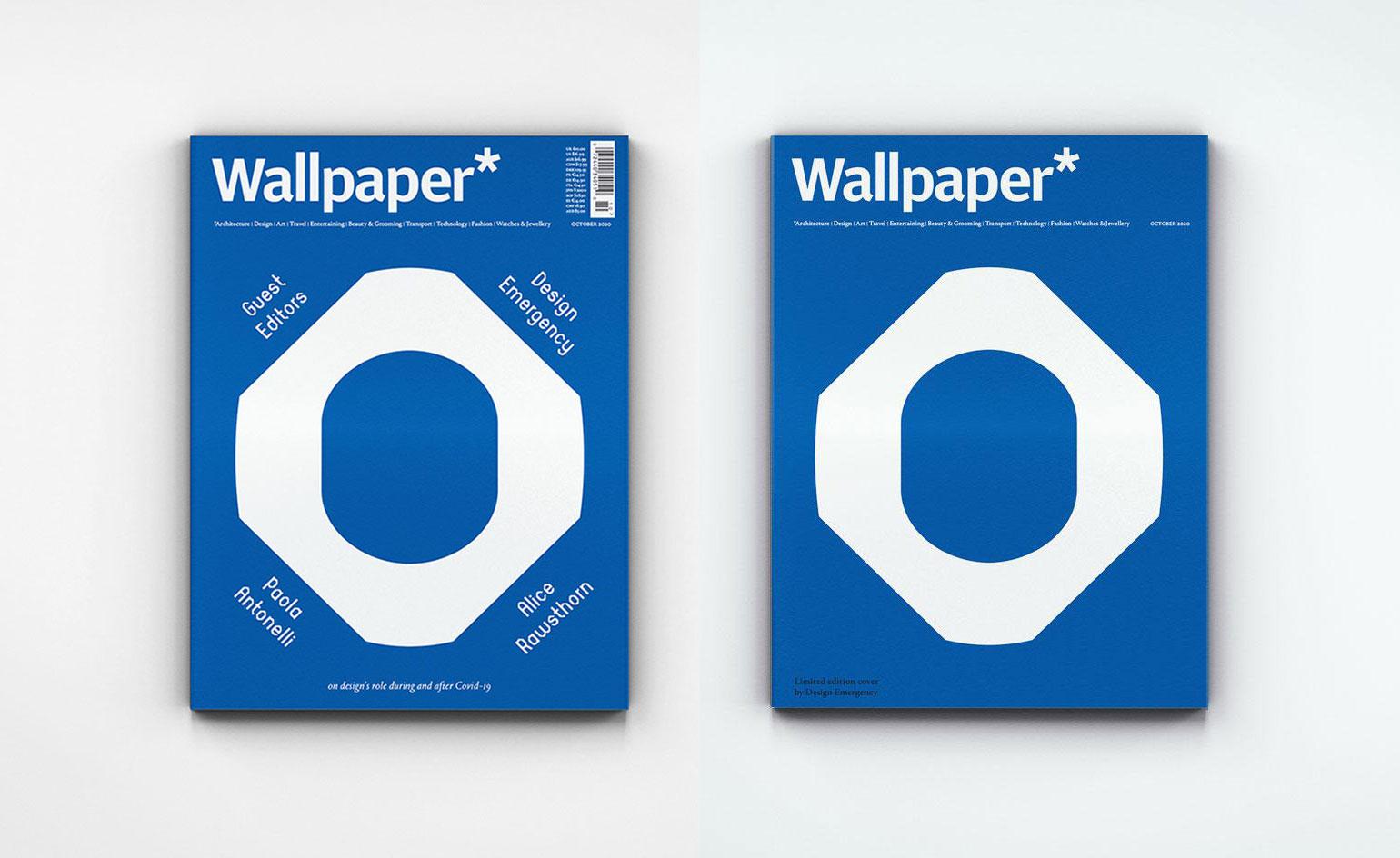
Something else we could talk about which relates to the social code in the manifesto is that we’ve also had an explosion of making, repairs and remaking: whether it is making scrubs as personal protective equipment for frontline health workers, or whether it’s bread baking, or, in my case, growing a lot of lettuces. This is really important because the fifth social revolution will be made and remade in every place, things will be shared, learning will be shared. But this isn’t something that’s going to be made in a mass way and then moved down some vertical production line. We’ve seen so much of that in this pandemic.
AR: There are grounds for optimism. The community support networks you alluded to have strong historic precedents all over the world. In India, where the escalation of Covid-19 infections is a huge concern, the situation would be far worse without the local community work of women’s self-help groups. They began in the 1918 Bombay Influenza pandemic, that we call Spanish Flu, when community support groups fed and cared for people throughout the crisis. They have done so again with Covid-19.
HC: I love that. One of the things that’s really important in technology revolutions is reinventing old ideas in new ways. One thing we’re seeing very strongly is a renewed interest in cooperatives and commons. The work of the late economist Elinor Ostrom on the commons, for example, is being linked to the new economic thinking, which is exciting. I think something optimistic is going to happen by taking those ideas and reinterpreting them. But, of course, we need other structural change, and it’s going to happen by design and by effort. That’s the challenge.
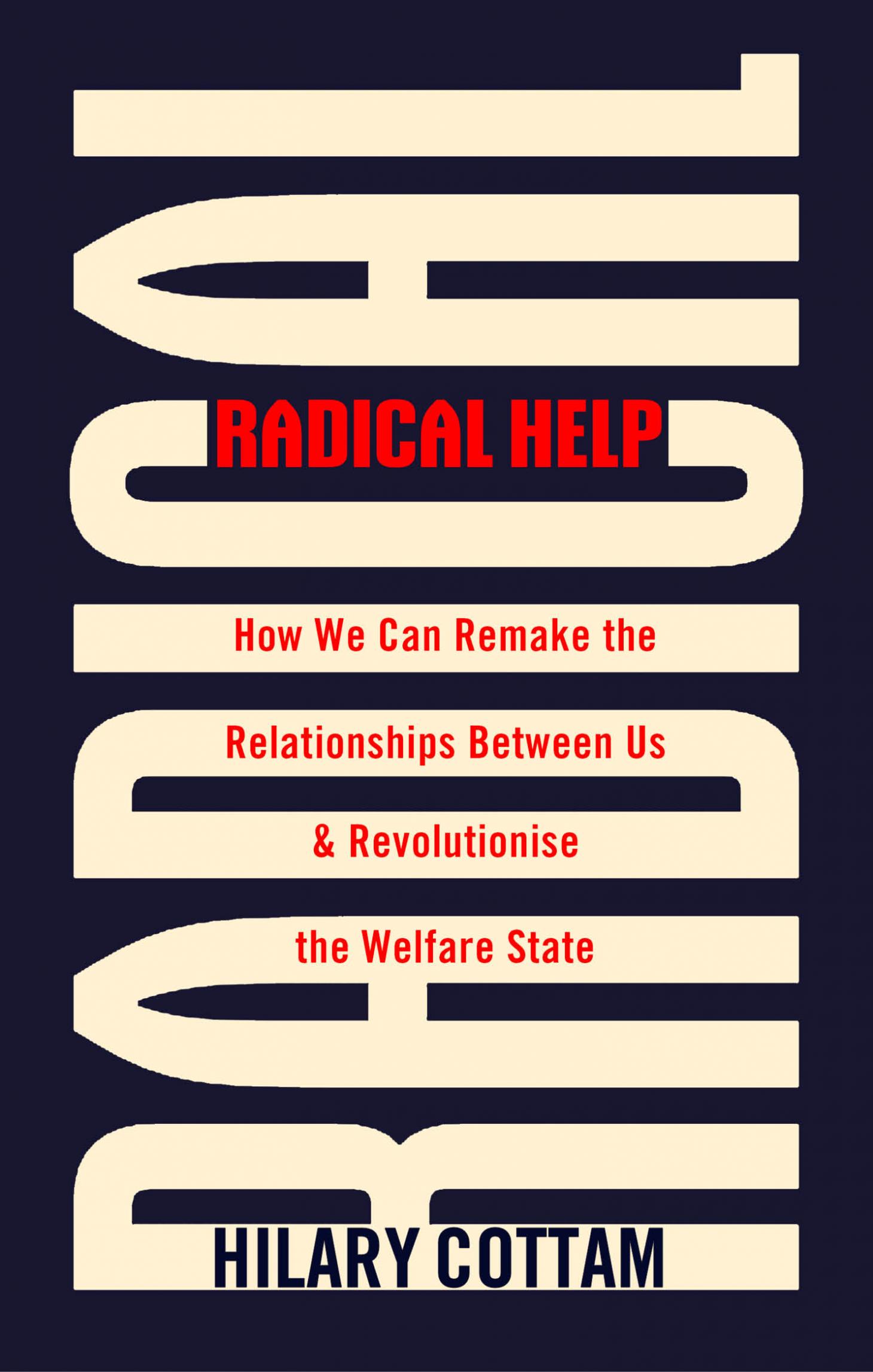
Radical Help: How We Can Remake the Relationships Between Us Revolutionise the Welfare State, by Hilary Cottam (2018, Virago)
AR: So how will it happen by design, Hilary?
HC: The first thing is that when you look historically, you can see that to enable deep social transition (I call it a revolution because it’s a paradigm change, an absolute moment of break and rebirth), four sets of actors were needed every time. The first group is of what I call organic intellectuals. I call them that in a Gramscian sense, because I don’t just mean people in universities, I mean people with big ideas that can connect to practice and connect to hearts and minds, so we begin to tell a different story about what might be.
The second group is organised civil society, which is very important whether it is in the form of the labour movement, trade unions, or the social movements you’ve already referred to: Black Lives Matter and Extinction Rebellion being really critical examples.
The third group, I think, is sometimes somewhat overlooked by social campaigners. It’s a group of what I call the new industrialists. When you look historically, you see that what’s always absolutely critical is that a group of business leaders, usually with big businesses at the forefront of new technologies, understand (not for philanthropic reasons, but for reasons of economics) that if they don’t shift the model, they won’t be able to grow themselves. Henry Ford is a classic example of the last revolution. He realised that if he didn’t pay his workers more, there would be no market for his cars. So, he argued (in fact he took his board to court over it) to pay his workers more. Now, Ford wasn’t a very nice man, I’m sure you know, he also shot his workers. But the point is that he understood why the model had to change. Part of my work at the moment is a series of conversations with leaders in technology businesses, thinking about what their role is, not just (although this is very important) in terms of good working conditions and relationships throughout the supply chain, but thinking also much more broadly about what the new social contract is.
And then the fourth group is the state, because it’s clear that the state is the head gardener that sets out the framework, which is needed to adopt the social code. Lots of the work I’ve written about is obviously collaborative, it’s not just something I dreamt up myself. But if the state doesn’t say that this is the direction of travel, this is where investment will go, as happened after the Second World War, then it becomes very, very difficult to actually shift systems. The challenge, of course, is that we’ve got a mass production state: very, very hierarchical, very vertically stratified, which in itself needs to undergo a form of revolution in order to help this process along. Some countries, such as New Zealand, are thinking very radically about this. Whereas, unfortunately, in Britain, we’re seeing a lot of state money move without any idea of what the transition needs to be to achieve a more just society but also critically to address the climate emergency.
AR: Indeed. If we go back to your third group of new industrialists. Do you have any evidence that the attitudes and motivation of this group has changed? You describe Henry Ford as a super dynamic rapscallion, who decided to pay his workers more out of naked financial self-interest, rather than, say, the Keynesian belief that by creating a more prosperous society, you can also create a fairer, juster, better educated and more productive one. Do you believe that today’s new industrialists are still motivated by financial self-interest, or does the work of, say, Bill Gates point to a more profound commitment to philanthropy and to the greater good?
HC: I don’t want to speak out against the great Bill Gates, but what I’m interested in is not his model. I’m not interested in people who make a lot of money, and then become philanthropists. Not that their money isn’t needed, but a just society doesn’t work that way. It doesn’t work to have some form of economy that creates all sorts of problems, and later, you have the great Band-Aid approach that tries to fix it. It works (and this is what the fifth social revolution is about) by reconnecting the economy with society and rethinking the purpose of that economy.
If we think that the purpose of the economy is to use people to create GDP and ever-growing wealth, then we’re going to always need some sort of desperate sticking plaster solution and most people are not going to be able to thrive. If we think that the purpose of the economy is to create the conditions for human and natural flourishing, then we begin to think very differently. The question is, where are the new industrialists who are thinking radically differently about their roles as capitalists, not about ‘get rich and give back’? But really, how do we rethink the economy? I’m having a series of conversations about this. I had a conversation at the World Economic Forum’s meeting in Davos this year with Satya Nadella, chief executive officer of Microsoft and with Ajay Singh Banga, president and chief executive officer of MasterCard. It’s interesting to see how far they can go and where the gaps still are. Rebecca Solnit has written about the privatised heart, and it’s quite difficult for many of us now to think about this as a collective endeavour rather than just the endeavour of the firm or the endeavour of the great leader. It’s much bigger than that.
AR: You have described your vision eloquently and precisely. What are the main obstacles to achieving it?
HC: There are so many obstacles. It’s a game of two halves. There’s so much extraordinary practice already happening. I take inspiration from that, whether it’s in Barrow-in-Furness, or Wigan, or East Ayrshire in this country. But then we have the enormous challenge of an over-centralised state that is unable and unwilling to either use its centralised power to really think about macro-level investment and the green transition, or to cede power socially so that people can find their own ways to flourish. That’s the big challenge, really. I think of it visually. We have got extremely strong, vertical, top-to-bottom systems. And the fifth social revolution is all about turning that on its side and building really, really strong mycelium-like networks like horizontal systems. The challenge is how we go about doing that. We can see it happening in local government here in Britain, and in different places around the world (you’ve referred to India), often through necessity. But it is still a very big challenge to consider how we begin to shift that mindset to think about those horizontal systems, rather than patching in this vertical way.
AR: Could you describe one of the programmes that gives you cause for hope?
HC: What gives me cause for hope is that, if I think about what’s happened in this pandemic, there are lots of places, not everywhere, but lots of places where not only has civil society mobilised all the support groups we’ve talked about, but that government and statutory services – social work, education, police, and so on – have thought about how they can join in. They’ve literally taken off their lanyards and their labels, and they’ve ditched all the regulations about ‘Do you have the right needs?’, and they’ve thought: ‘Well, here we are, together in our community, what’s in front of us? What are we going to do?’ We’ve seen this really strongly in Barrow-in-Furness, for example. We’ve seen it in East Ayrshire as well. What’s really exciting is that it should be possible to continue that work, and we’re thinking about how to do that. Very often, top-down regulations are the biggest limitation. And how do we link that thinking to the thinking of a new economy? How do we think about a generative economy in all of those local places to support the changes? What we can’t have is what we’ve had for too long: really good social innovations in places where there’s no good, thriving generative economy; where there’s no good work, for example. We can’t have that, and that’s why the first project I’ve been working on is around work, a fundamental hinge between economy and society.
AR: What is success going to look like?
HC: There are various levels of success. Success will be that we can flourish, that we see flourishing all around us, which we don’t see now. We managed, for instance, to take many homeless people off the streets during the Covid-19 lockdown, but all around us, we see evidence of human waste rather than human flourishing and our inability to support people to grow. That’s one thing.
Connecting to nature, in the widest possible sense, so there is natural flourishing and our planet is flourishing. Then we’ll have re-geared our economies to support people and the planet to flourish. I think, ultimately, we will tell this new story, we will have transition and we’ll be addressing structural inequalities, but unlike the last revolution, these things won’t be done to us, but by us. We’ll be making and designing this revolution ourselves and will be part of it. That’s the shift in power, and the shift in making in the story of design, that is at the heart of this fifth social revolution.
INFORMATION
A version of this story appeared in the October 2020 issue of Wallpaper*, guest edited by Design Emergency. A free PDF download of the issue is available here.
Radical Help: How We Can Remake the Relationships Between Us Revolutionise the Welfare State, by Hilary Cottam (2018, Virago)
-
 NYC’s first alcohol-free members’ club is full of spirit
NYC’s first alcohol-free members’ club is full of spiritThe Maze NYC is a design-led social hub in Flatiron, redefining how the city gathers with an alcohol-free, community-driven ethos
-
 Inside Helmut Lang’s fashion archive in Vienna, which still defines how we dress today
Inside Helmut Lang’s fashion archive in Vienna, which still defines how we dress todayNew exhibition ‘Séance de Travail 1986-2005’ at MAK in Vienna puts Helmut Lang’s extraordinary fashion archive on view for the first time, capturing the Austrian designer-turned-artist’s enduring legacy
-
 Eclectic and colourful, Charlie Ferrer’s home reflects the interior designer’s personal and professional evolution
Eclectic and colourful, Charlie Ferrer’s home reflects the interior designer’s personal and professional evolutionThe New York interior designer invites us into his new Greenwich Village home: come on in
-
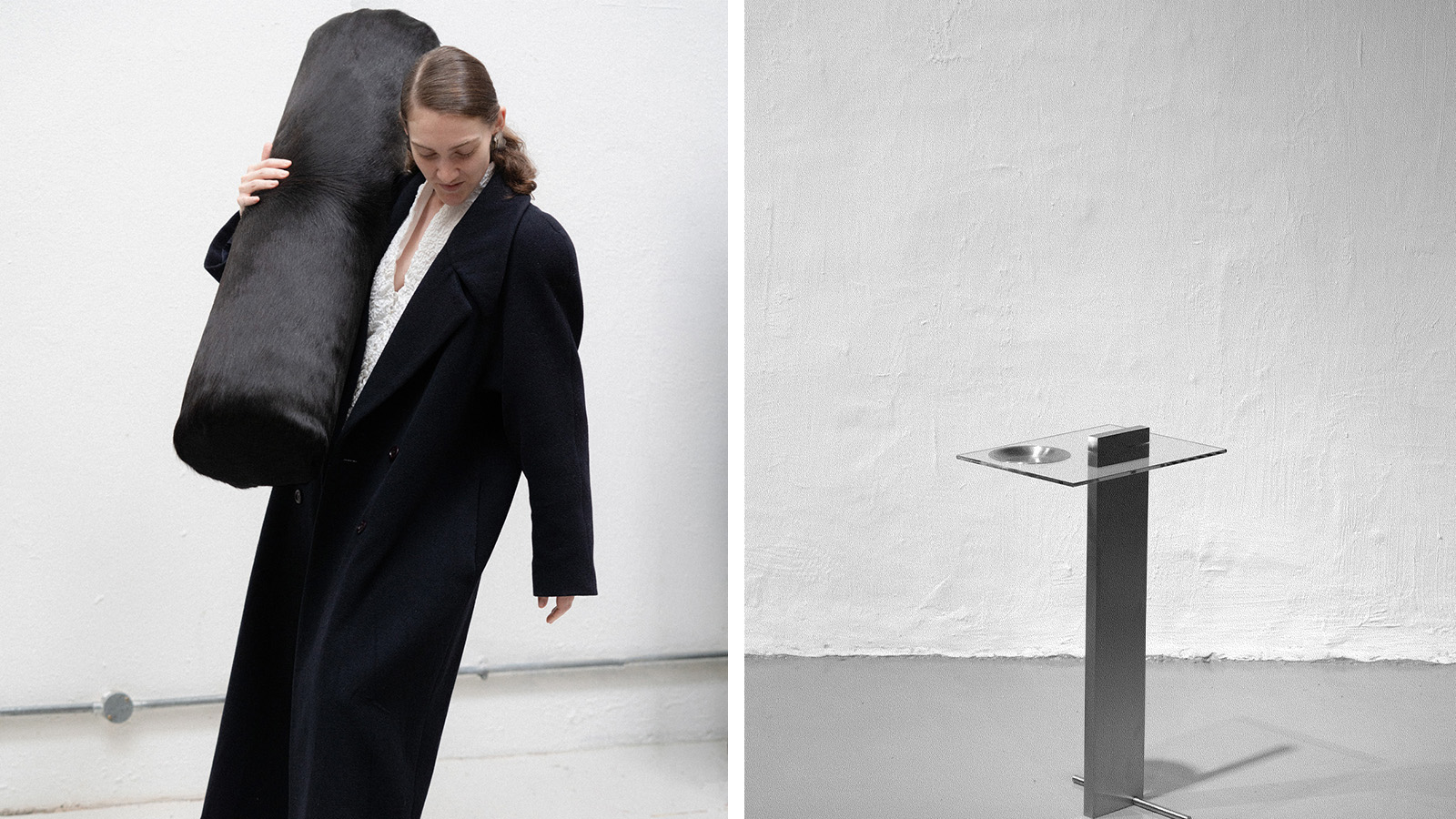 Amelia Stevens' playful, minimalist design 'is geared towards beauty as a function of longevity'
Amelia Stevens' playful, minimalist design 'is geared towards beauty as a function of longevity'In a rapidly changing world, the route designers take to discover their calling is increasingly circuitous. Here we speak to Amelia Stevens about the multi-disciplinary joy of design
-
 For Agnes Studio 'what matters is the emotional part: how you connect with design and designed objects'
For Agnes Studio 'what matters is the emotional part: how you connect with design and designed objects'In a rapidly changing world, the route designers take to discover their calling is increasingly circuitous. Here we speak to Agnes Studio about revitalising local traditions
-
 At home with designer Sebastian Herkner
At home with designer Sebastian HerknerSebastian Herkner finds inspiration in his extensive travels around the globe and the spirit of optimism of his adopted hometown of Offenbach
-
 At home with Kelly Wearstler
At home with Kelly WearstlerAmerican designer Kelly Wearstler talks about her approach to interiors, her California homes, favourite LA spots, creative inspiration and more
-
 Ritesh Gupta’s Useful School: ‘Creative education needs to centre on people of colour’
Ritesh Gupta’s Useful School: ‘Creative education needs to centre on people of colour’Creative industry veteran Ritesh Gupta on launching Useful School, a new virtual learning platform that puts people of colour front and centre
-
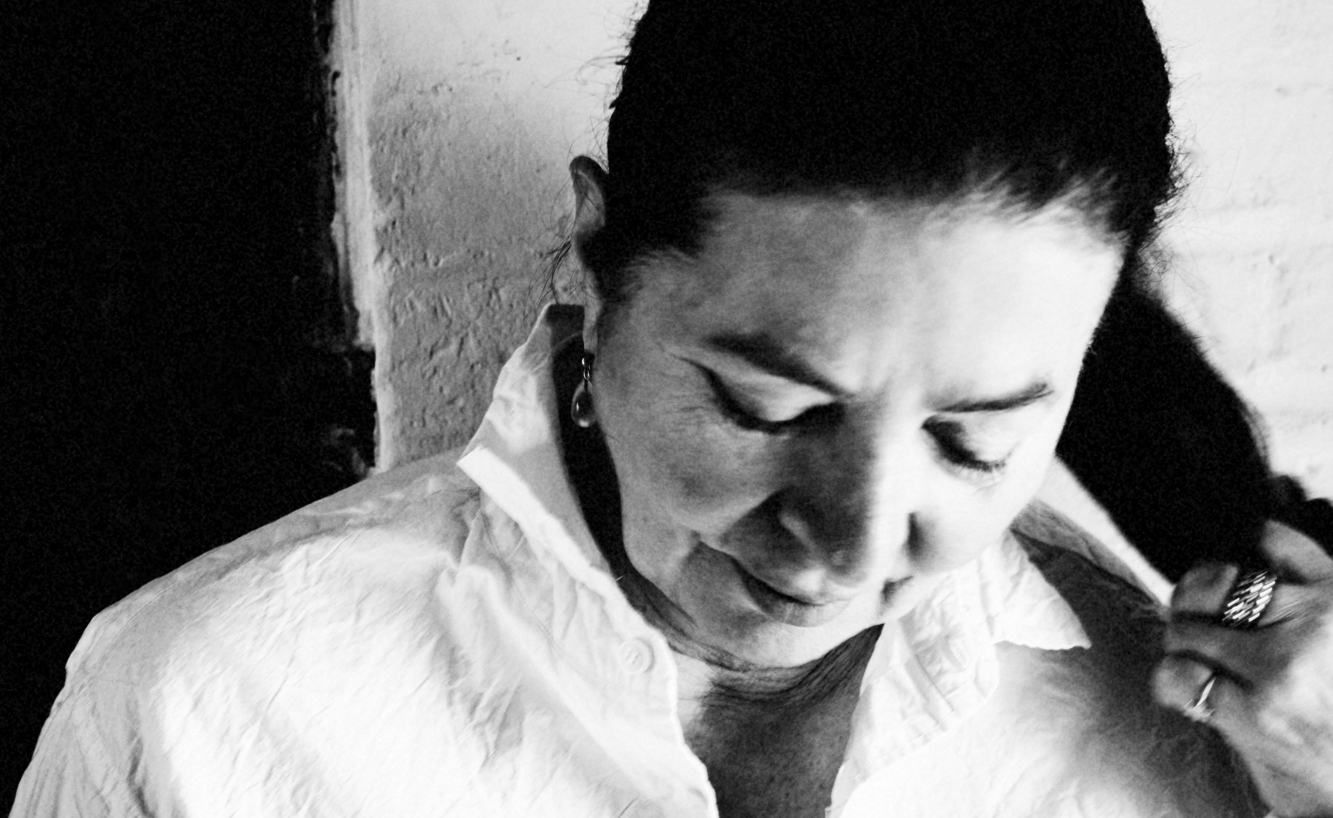 Ilse Crawford judges Wallpaper* Design Awards 2022
Ilse Crawford judges Wallpaper* Design Awards 2022London Design Medal laureate Ilse Crawford – part of the six-strong jury for the Judges’ Awards, the Wallpaper* Design Awards’ highest honours – on design for a better reality, and our worthy winners
-
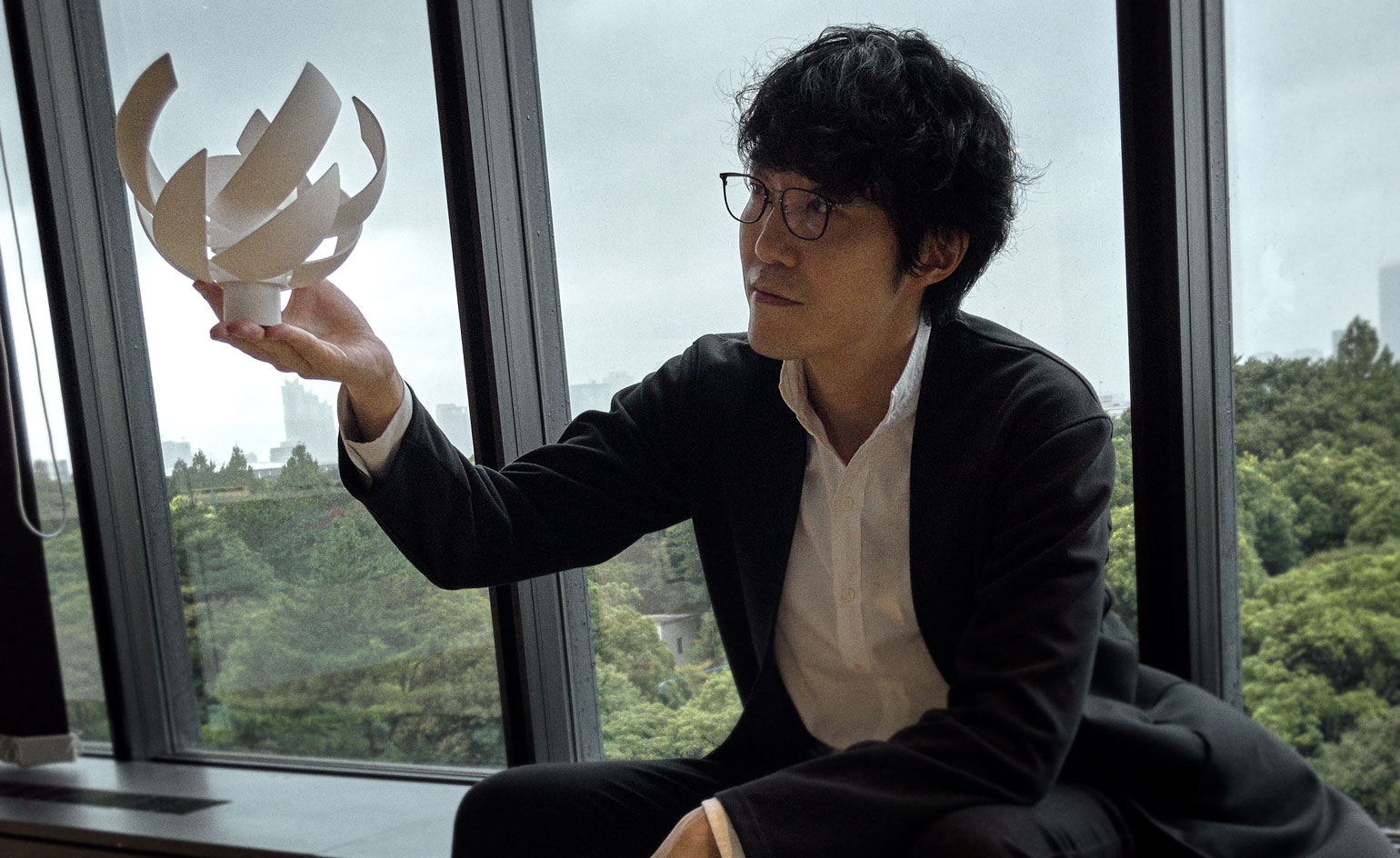 Nendo’s Oki Sato on challenges, new talent, and ‘taking the difficult way’
Nendo’s Oki Sato on challenges, new talent, and ‘taking the difficult way’Oki Sato, founder of prolific Japanese studio Nendo, reflects on past and present challenges – including designing Tokyo’s Olympic cauldron – and, for Wallpaper’s 25th Anniversary Issue ‘5x5’ project, selects five young talents ready to pick up the torch
-
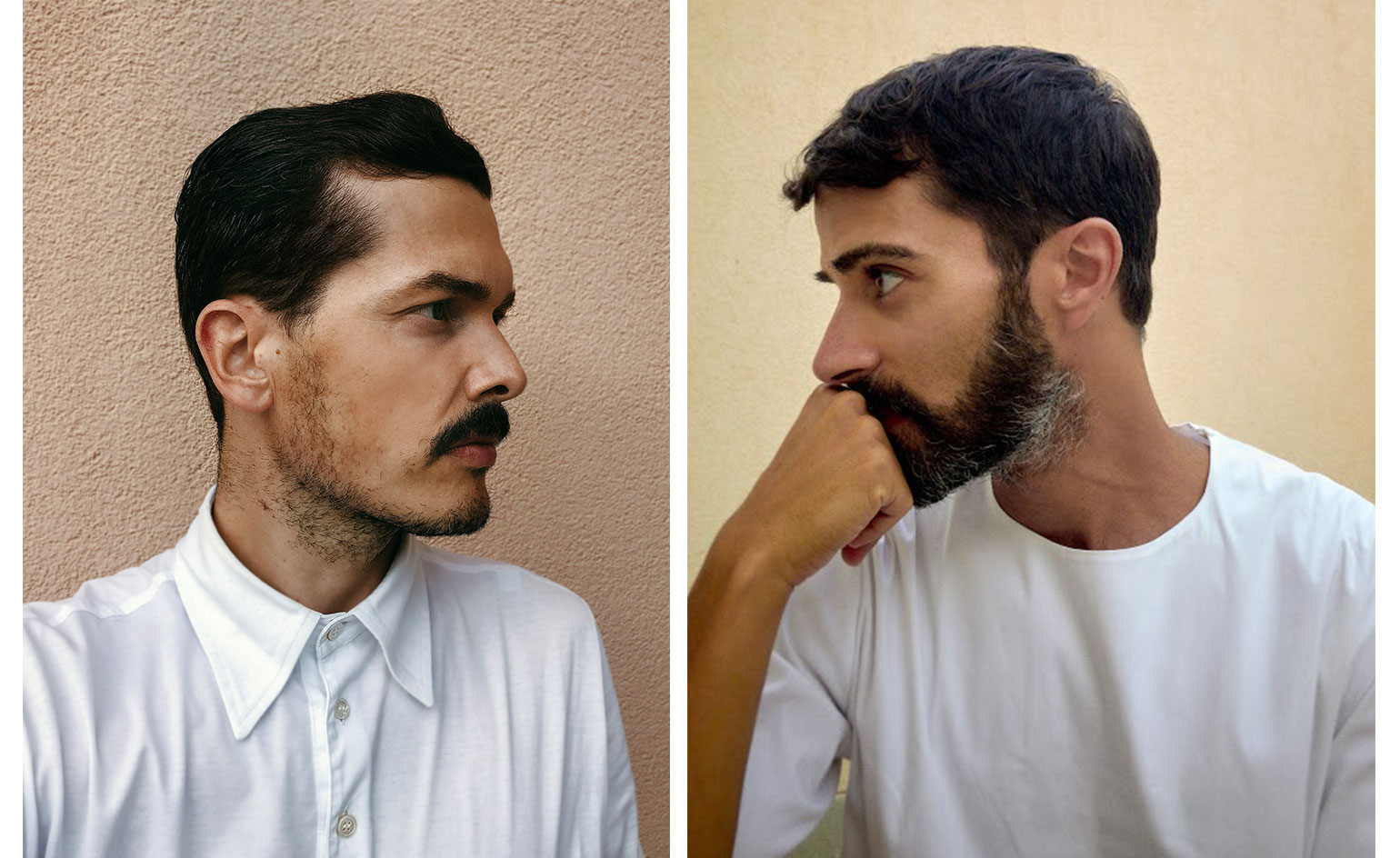 Formafantasma on their GEO-Design master’s programme, and designers thinking big
Formafantasma on their GEO-Design master’s programme, and designers thinking bigThe Italian design duo – and Designer of the Year in the 2021 Wallpaper* Design Awards – are among our featured visionaries in ‘5x5’, Wallpaper's 25th anniversary project. They discuss their first year heading the GEO-Design master’s programme at Design Academy Eindhoven, educating students for a changing world, and their pick of five creative leaders of the future who are expanding the practice of design